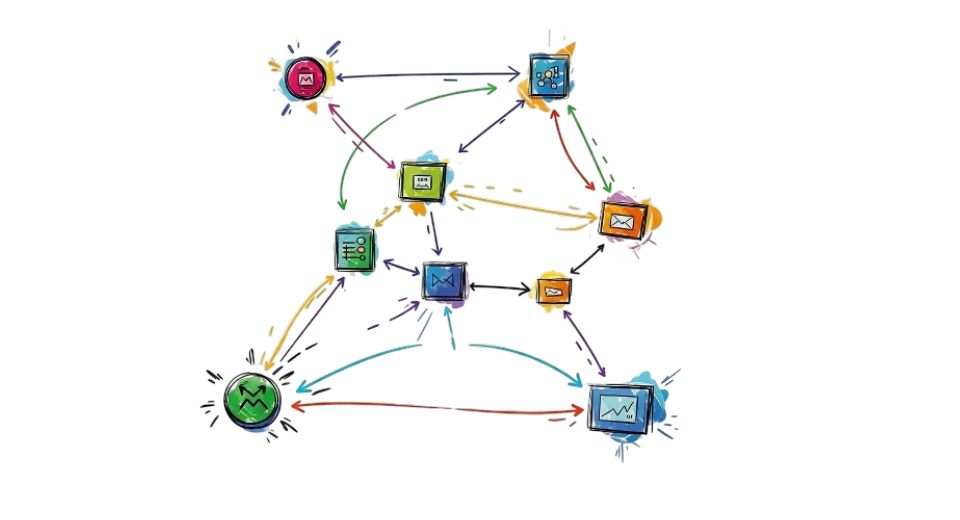
Jul 09, 2025

A new report by Metastat Insight illuminates the evolving dynamics of the Global Network Performance Monitoring market, reflecting an environment defined by complexity, scale, and innovation. In a world where seamless connectivity forms the foundation of almost every digital function, this market has a defining role to enable organizations in various industries. From enterprise networks to data centers, infrastructure under monitoring is increasing in quantity and significance, rendering performance visibility not a merely technical need but an essential requirement.
Global Network Performance Monitoring market is estimated to reach $2,825.15 million in 2025 with a CAGR of 7.1% from 2025 to 2032.
The technologies involved have long since progressed beyond basic up/down checks. Rather, a more detailed insight into latency, throughput, jitter, and congestion has developed, given the need for continuous uninterrupted operations across geographically dispersed systems. With applications moving towards cloud-native and hybrid architectures, conventional practices of monitoring are being put to test for their capability to provide holistic control. Organizations now need solutions that can record real-time measures with actionable intelligence, enabling the operations to continue even in complicated environments.
The most fascinating aspect of this space is the interaction between software and hardware layers. Solutions are no longer in the form of hardware monitoring appliances but in virtual entities, part of operating systems, built into routers, and distributed across the architecture. This has not only widened the reach of network performance tools but also made them more pertinent in all aspects of IT operations. Monitoring is no longer a reactive process but an active task infused into network planning and management cycles.
Organizations across the globe are giving more importance to how these systems are implemented. Scalability, simplicity of integration, and adaptive abilities have set the standards for choosing them. In big enterprise networks, where simplicity is not a given, there is increased dependence on monitoring platforms that provide automation and machine learning to make sense of copious amounts of information. These platforms are designed to reduce manual oversight while simultaneously increasing the accuracy and speed of fault detection, helping mitigate potential disruptions before they reach the user level.
Service providers themselves are heavily interested in embracing next-generation network performance solutions. With growing customer expectations for continuous services, the need to keep service-level agreements at their best has increased. Monitoring solutions provide such providers with the infrastructure needed to ensure compliance, streamline routing, and deliver consistent user experiences. High traffic levels passing through telecommunication networks every second mean that any dip in the quality of service is immediately noticeable, making visibility into performance metrics a critical requirement.
Geopolitical changes, regulatory environments, and data sovereignty issues are also affecting performance monitoring decisions. While data localization regulations change by geography, businesses are reexamining where and how to gather, process, and store monitoring data. The industry has had to adapt accordingly, providing modular and regionally aware solutions that comply with jurisdictional standards. These developments make the need for flexibility in performance tools more critical being capable not only of adjusting to technical requirements, but also to policy adjustments that could impact operational design.
At the same time, vendor differentiation is becoming influenced more by innovation in user interfaces, analytics engines, and integration flexibility. The rise of dashboards targeted at various user personas ranging from network engineers to C-suite executives indicates how the definition of performance monitoring has broadened. It is no longer the exclusive realm of technical personnel; instead, insights gleaned from these platforms are guiding strategic decisions, investment planning, and long-term IT roadmaps.
The flexibility of solutions in the Global Network Performance Monitoring market has also driven their use in non-traditional industries. Health care systems, for example, increasingly depend on reliable network performance to provide telemedicine and keep electronic health records accessible. Just the same, financial institutions employ monitoring to protect transaction integrity and prevent losses from latency. The critical value placed on accuracy, velocity, and visibility in such domains lifts the performance monitoring function out of the background service and into the core of digital infrastructure.
As the Global Network Performance Monitoring market outlined in the recent research by Metastat Insight further evolves, its application is spreading beyond the boundaries of IT organizations. These tools are being integrated into the fabric of digital operations, not just adding to stability but also to more comprehensive business continuity initiatives. As continued refinement and technological complexity make performance monitoring less about detecting faults and more about securing continuous optimization of digital services across sectors globally, its role continues to evolve.
Drop us an email at:
Call us on:
+1 214 613 5758
+91 73850 57479